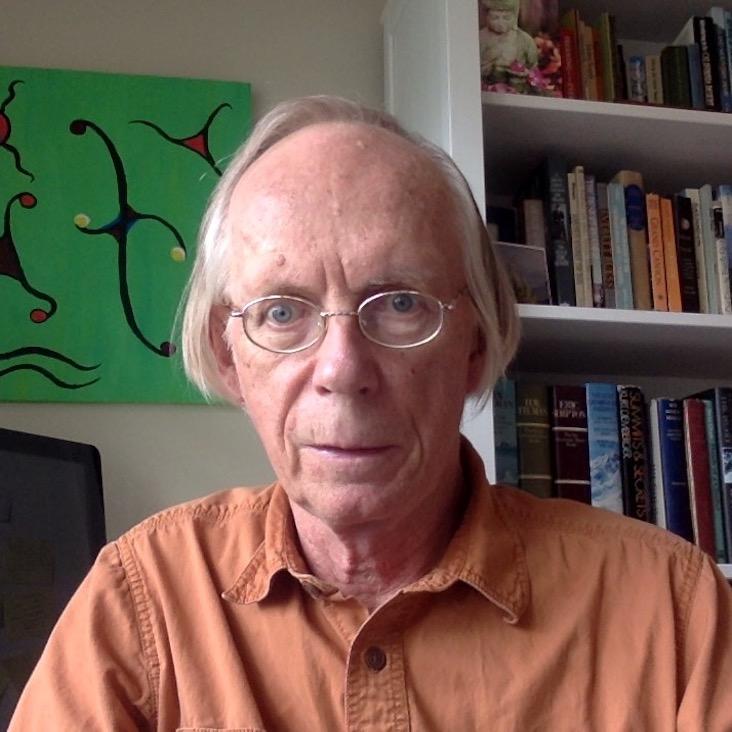Topics in the conformal field theory of disordered systems
NEW THEORETICAL APPROACHES TO STRONGLY CORRELATED SYSTEMS 23 (2001) 163-171
The field theory of the q → 4+ Potts model
Physics Letters, Section B: Nuclear, Elementary Particle and High-Energy Physics 483:1-3 (2000) 303-308
Abstract:
The q-state Potts model in two dimensions exhibits a first-order transition for q > 4. As q → 4+ the correlation length at this transition diverges. We argue that this limit defines a massive integrable quantum field theory whose lowest excitations are kinks connecting 4 + 1 degenerate ground states. We construct the S-matrix of this theory and the two-particle form factors, and hence estimate a number of universal amplitude ratios. These are in very good agreement with the results of extrapolated series in q(-1/2) as well as Monte Carlo results for q = 5. (C) 2000 Elsevier Science B.V.Viability of competing field theories for the driven lattice gas.
Phys Rev E Stat Phys Plasmas Fluids Relat Interdiscip Topics 61:5B (2000) 5977-5980
Abstract:
It has recently been suggested that the driven lattice gas should be described by an alternate field theory in the limit of infinite drive. We review the original and the alternate field theory, invoking several well-documented key features of the microscopics. Since the alternate field theory fails to reproduce these characteristics, we argue that it cannot serve as a viable description of the driven lattice gas. Recent results, for the critical exponents associated with this theory, are reanalyzed and shown to be incorrect.Linking numbers for self-avoiding loops and percolation: application to the spin quantum hall transition.
Phys Rev Lett 84:16 (2000) 3507-3510
Abstract:
Nonlocal twist operators are introduced for the O(n) and Q-state Potts models in two dimensions which count the numbers of self-avoiding loops (respectively, percolation clusters) surrounding a given point. Their scaling dimensions are computed exactly. This yields many results: for example, the number of percolation clusters which must be crossed to connect a given point to an infinitely distant boundary. Its mean behaves as (1/3sqrt[3] pi) |ln( p(c)-p)| as p-->p(c)-. As an application we compute the exact value sqrt[3]/2 for the conductivity at the spin Hall transition, as well as the shape dependence of the mean conductance in an arbitrary simply connected geometry with two extended edge contacts.Correlated correlation functions in random-bond ferromagnets
Nuclear Physics B 570:3 (2000) 713-725


